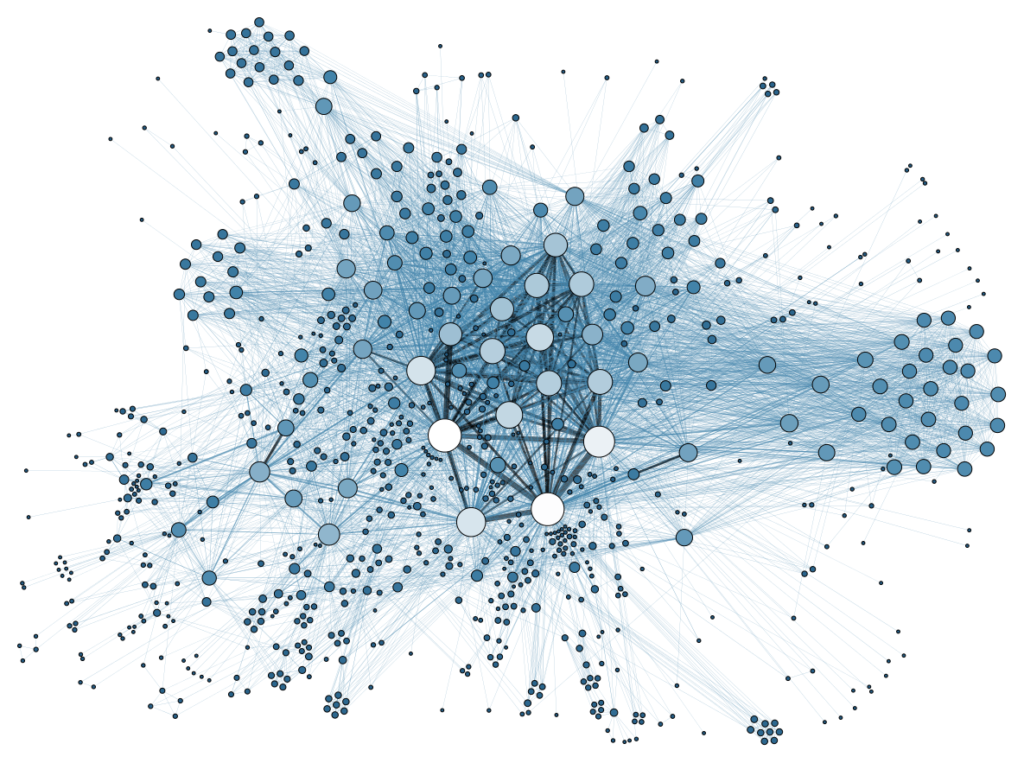These days, everything we do – from making a purchase, to viewing certain products – can be tracked online. Social media are a major factor in this. Popular sites like Facebook, Instagram, Foursquare, Twitter, and Pinterest record millions of tweets, Likes, and chat streams on a daily basis.
The result is massive quantities of data that could, potentially, give organisations a detailed look into the minds of their consumers. The trick is to somehow make sense of all that data and find ways of putting this knowledge to use.
The Social Challenge
Much of the data that organisations already have is structured, which means that they can actually make use of it immediately. Things like details gleaned from rewards cards, transactional data, and the personal information consumers provide when they set up an account on shopping sites.
In contrast, the data thrown up by social media data is unstructured. Activities such as “liking” a page on Facebook, watching advertisements on YouTube, downloading free apps, or chatting online with customer service representatives generate huge digital tracts of information.
Filed away in massive databases, only a tiny fraction of this social conversation may be even remotely relevant to a company’s brand. To cut through the chatter, companies need to filter out the right data, i.e. the actionable information which drives consumer actions.
The Big Data Imperative
The Big Data industry deals in sets of data that can reach many hundreds of petabytes. Large-scale applications instantly translate massive data sets into information that can be read and interpreted by human beings. This knowledge can then be acted upon.
Numerous Big Data applications have been created specifically to make sense of social media data. Marketers can use these tools to determine the impact of each tweet, tag, pin, check-in, and like on their brand.
Social media websites use the data they store to customise newsfeeds so that users are served content that they actually want to see. Big Data can help take this a step further by analysing the huge amounts of data flowing in from social media and suggesting how they can link to all the touch points consumers have with a particular brand.
Hitting the Touch Points
With virtually unlimited internet access to information, now more than ever, power rests with the consumer.
Using Big Data, consumers can be targeted more effectively. Marketing automation and customer relationship management (CRM) software allow data generated by social media to be taken, quickly analysed, then used to better target customers that are likely to convert.
Companies can (for example) actually track a customer and analyse her behaviour as she shifts from liking a brand on Facebook to watching a television ad for that brand, to using an app created by the brand, to reading news about it on her tablet, to picking up the phone to call a customer service line.
Adjusting To Fit
The consumer power shift means that buyers no longer rely on sales reps as the keepers of information about a brand. Instead, buyers do their own research online and draw their own conclusions. Buyers clearly view the internet and social media as helpful and unbiased sources, and reliance on them is likely to increase.
In a given transaction, buyers will do their own research and come to the table knowing a lot about a company, its offerings, and all the alternatives to their solution. To keep up, marketing and sales reps need to know the same information – and also how buyers react to the information they find.
Big Data analysis can assist in understanding what buyers think and feel about a company’s products and services. Armed with this knowledge, the sales rep can show empathy with the consumer and adopt the role of valued advisor – a powerful position that earns the buyer’s trust.
It’s a shift in traditional roles that will require a corresponding adjustment in other areas as well.
Cultural Shifts
Companies will have to hire and train people who can make sense of social media data. Marketing research teams will need a strong database person to put data into forms that can be analysed. Statisticians who can understand data and its impact must be in the mix, as should people skilled at understanding behavioural data.
To complete the picture, companies will need to hire people who know how to tag data and add structure to it, so the statisticians and database experts can turn it into reports that can be translated into workable strategies.
Working Practices
The interaction of Big Data and social media will be typified by:
- Hiring the right people: In-house database engineers, computer scientists, and statisticians, or the use of Big Data solutions offered by start-ups and major corporations.
- Following the keywords: Looking out for specific words, and analysing when and where they are used. This can help in identifying at-risk customers and meeting their needs before they buy elsewhere.
- Measuring brand engagement: Learning how to have a dialogue with customers.
- Correlating facts: Considering factors such as website traffic, product purchases, advertisement spending, and customer inquiries, to track the effectiveness of campaigns – and to make informed adjustments.
- Anticipating the future: Analysing customers’ behavioural data to gauge how new products will fare in the marketplace. And reacting in real time to customers’ changing needs.
THE word in professional, persuasive, digital writing. Specialists in writing, tweeting and social sharing for businesses across the globe.
Get more leads, make more sales, grow your brand faster.






